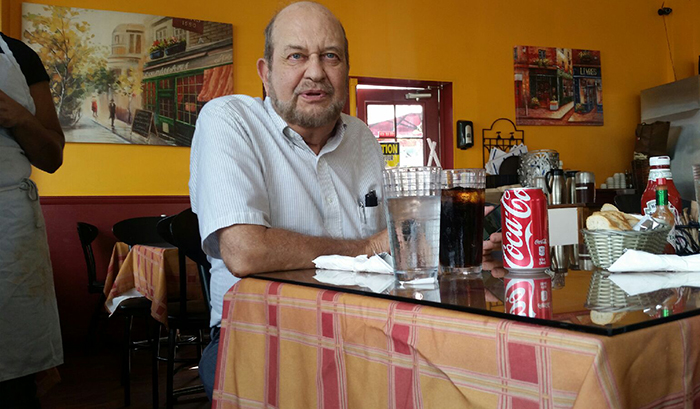The fanfare was loud when Gov. Brown and state legislators announced agreement on a package of Public Utilities Commission reforms the other day. You could almost hear Mr. Brown saying “This will clear up any clouds in my legacy.”
Sorry, Governor, it won’t.
For while the proposed PUC changes do make improvements, they leave the powerful commission’s main problem unsolved: The five commissioners still are not accountable to anyone as they set natural gas and electricity rates and supervise pipeline and power transmission safety.
Nothing in this package assures that commissioners won’t continue favoring big privately-owned companies like Pacific Gas & Electric, Southern California Edison, Southern California Gas and San Diego Gas & Electric over their customers, as the PUC consistently has done for the last 40 years.
Nothing to make sure commissioners who act corruptly can be ousted once their wrongdoing is proven. Nothing to prevent situations like one that arose in late June, when Commissioner Mike Florio recused himself from a major PG&E rate decision because he previously admitted helping that company shop for a favorable judge in another case.
What use is a commissioner who can’t participate in many of his agency’s most important cases?
Positives abound in the reform package, too. For example, lawyers and consumer advocates who present useful information in PUC cases would be able to get intervenor fees even if they don’t go along with eventual settlements in those cases. Previously, only groups that helped devise settlements could get such fees, which can amount to hundreds of thousands of dollars. This rule often has made lapdogs out of outfits that are supposed to help keep utility rates down.
A Two-Year Rule
It can’t hurt to prohibit utility executives from joining the commission until at least two years after they have left companies they once ran. This rule might have excluded the disgraced Michael Peevey, a former SoCal Edison president under criminal investigation for his conduct during eight years as PUC president.
It is a good idea for the PUC to open offices in Los Angeles and Sacramento, in addition to its San Francisco headquarters. The current sole location in San Francisco can leave PUC staffers unfamiliar with safety and other problems elsewhere in California.
It can’t hurt to subject commissioners to possible prosecution by the state attorney general if they don’t quickly reveal the content of private contacts with persons involved in their cases, often known as ex parte communications.
These are all parts of the reform package, but nothing would change the five commissioners’ quasi-judicial standing, which sees even the governor who appoints them unable to sack them for any reason until their six-year terms expire. The changes also leave PUC decisions open to challenge only in appeals courts.
“If decisions could be challenged in trial courts, PUC rate cases might never end,” said Democratic Assemblyman Mike Gatto, from the San Fernando Valley. He is right that court cases can drag on, but allowing challenges only in appeals courts prevents introduction of new evidence, when most PUC observers agree that evidence gathered in rate cases historically has favored utilities over consumers.
One solution might be to allow trial court appeals of large cases, perhaps setting the floor at $1 billion. This could allow meaningful challenges of the most important cases.
“We do have some accountability in this package,” said Mr. Gatto, who has been crusading for PUC reform. “We bring in the attorney general when there is secrecy in ex parte communications. We create a new ethics ombudsman, who is supposed to act completely independently, like inspector generals in some federal agencies. We set up a new deputy director of the agency for safety. That person would be assigned to make sure money consumers pay for things like pipeline safety is actually spent for that.”
Previously, there was no one to track such spending. Much of what consumers paid for safety and maintenance via their monthly bills over the last 60 years went for other things.
Bottom line: There’s plenty positive in this package. It ought to pass the Legislature handily, with Mr. Brown committed to sign it. Still there is a need to impose more accountability, or the PUC’s long run as a rogue agency may not end soon.
Mr. Elias may be contacted at tdelias@aol.com. His book, “The Burzynski Breakthrough, The Most Promising Cancer Treatment and the Government’s Campaign to Squelch It,” is now available in a soft cover fourth edition. For more Elias columns, visit www.californiafocus.net

